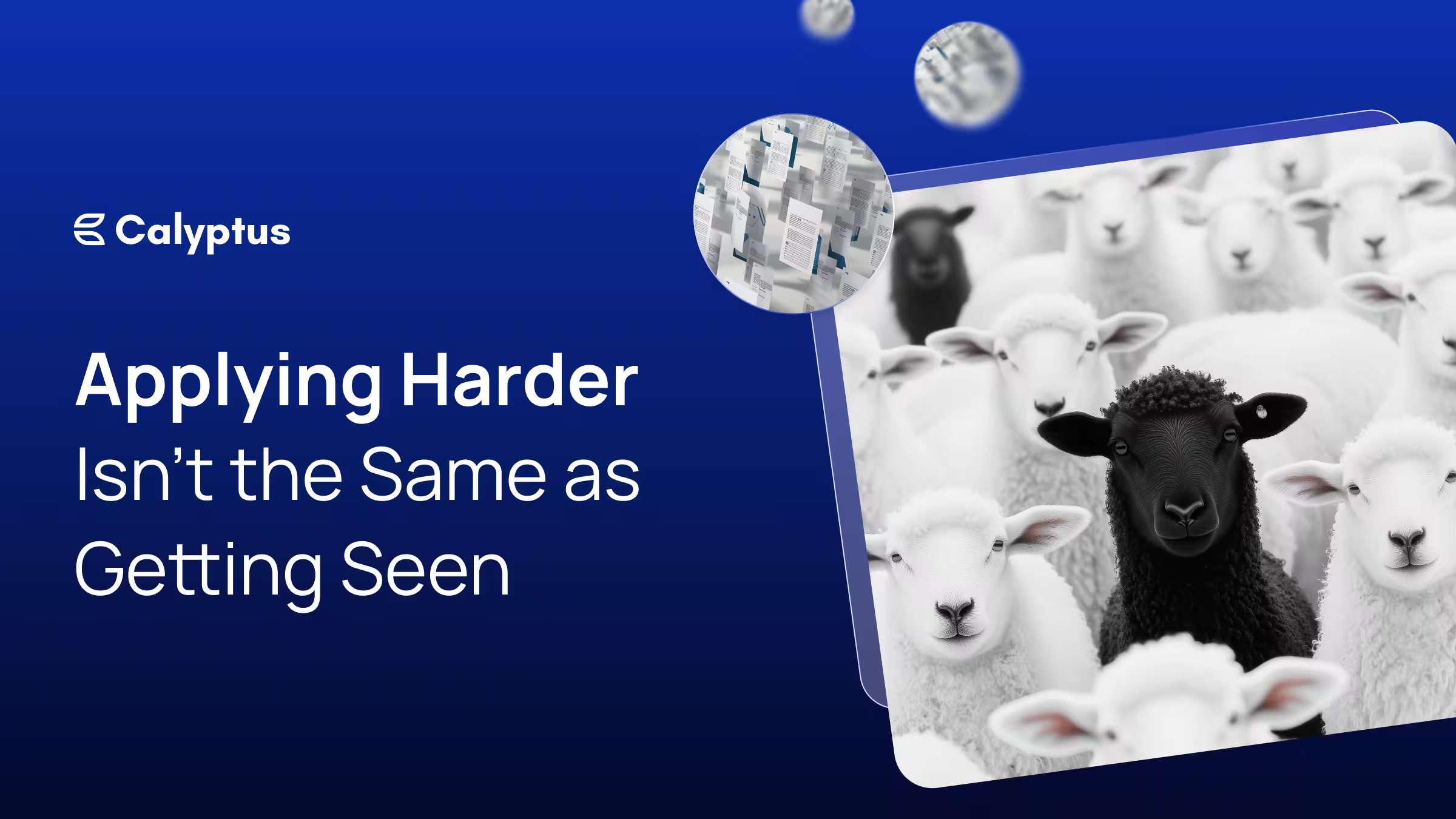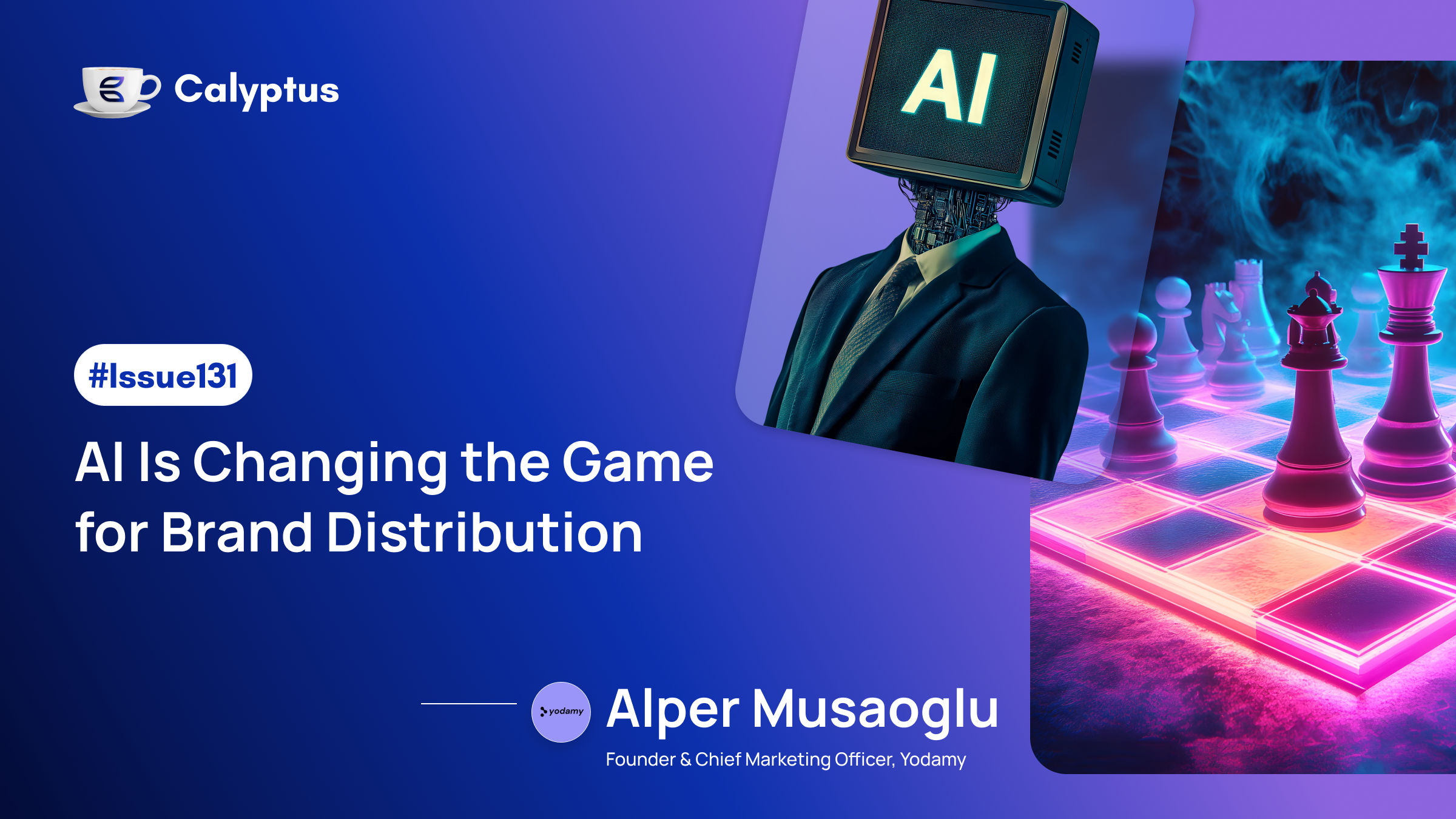For all the talk about hustle and perseverance, there’s one brutal truth in recruitment: effort doesn’t guarantee visibility. The job market isn’t a meritocracy of motion. You can send a hundred applications, polish your CV a dozen times, and still disappear into a black box.
That’s not because you’re unqualified. It’s because the system itself wasn’t built to see you.
Now, with AI reshaping how companies source and select talent, the problem and the opportunity are both changing.
The Volume Trap
Candidates often assume the more applications they submit, the higher their odds. That logic used to make sense when humans read every résumé. But today, most applications never reach a pair of eyes. Applicant tracking systems (ATS) and AI filters sift through mountains of data, auto-rejecting based on keyword matching, formatting, or even metadata.
A 2023 Harvard Business School study found that over 88% of employers admit to discarding qualified candidates because automated filters misread their profiles. (Harvard Business School, 2023)
That means the system doesn’t reward “trying harder.” It rewards alignment between what you present and what the algorithm is designed to detect.
And alignment isn’t about quantity. It’s about structure.
When Recruitment Became a Data Problem
Recruitment at scale has quietly turned into a data problem. Companies are flooded with applications, so they rely on systems to reduce noise. The issue is that these systems often aren’t evaluating humans, they’re parsing signals: job titles, file types, sentence patterns, word frequencies.
If your résumé doesn’t fit those invisible rules, you vanish.
The irony? Candidates now use AI to optimize applications for systems also run by AI, both trying to decode each other’s logic. Job seekers use GPT to rewrite résumés, while recruiters use machine learning to rank them. It’s an arms race of optimization, not understanding.
That’s why the smartest companies are shifting focus: from sorting people efficiently to matching them effectively.
Matching Over Mass
What if the goal wasn’t to process more applicants, but to find better-fit ones sooner? That’s where the new wave of AI-driven matching systems comes in, tools that prioritize precision over volume.
Instead of keyword screening, these systems analyze capability signals:
- Project portfolios, code samples, and writing quality.
- Skills inferred from career trajectories, not just job titles.
- Contextual compatibility, how a person’s problem-solving style fits the team.
In other words, AI isn’t just parsing language anymore; it’s interpreting potential.
Platforms like LinkedIn’s Skills Graph and Workday’s Talent Marketplace are already experimenting with such approaches mapping skills dynamically rather than relying on static job descriptions.
The difference is subtle but seismic. Traditional recruitment asks, “Who applied?” Matching systems ask, “Who should we be talking to?”
For Candidates: Stop Chasing, Start Signaling
If you’re applying in volume, you’re playing the wrong game. The system rewards clarity, not activity. Here’s what matters more than another “Submit Application” click:
- Optimize your signals, not your speech.
Use language that mirrors the skills and outcomes you’ve demonstrated, not buzzwords. AI matching engines detect relevance, not enthusiasm. - Curate public work.
A portfolio, GitHub repo, or LinkedIn project post does more for visibility than ten PDFs sent into an ATS. Algorithms value what they can verify. - Lean into platforms that prequalify.
Systems that vet and match talent (like Calyptus, Workday, or Hired) give you a structured edge because recruiters see verified skill data, not self-promotion. - Understand timing.
Many systems rank early applicants higher. Automate smartly, but apply selectively. The window often matters more than the count.
For Employers: See Before You Sort
Recruiters face the same trap. More applications don’t mean better talent; they mean more clutter. The most progressive teams are reversing the funnel using AI to identify high-probability candidates proactively, not waiting for résumés to arrive.
They’re integrating matching systems that surface fit-first profiles, filtering not just by skill overlap but by complementary thinking, cultural resonance, and growth trajectory.
That shift is transformative. Instead of drowning in noise, recruiters work from a refined shortlist of verified, contextually matched people.
The New Metric: Seen, Not Sent
The old equation, more effort equals more opportunity, is gone. The new one is about visibility, accuracy, and signal strength.
Being seen isn’t about shouting louder. It’s about speaking the right language to the right system and, increasingly, that system speaks AI.
Recruitment is no longer a game of volume; it’s a network of matching. The candidates who understand that, and the employers who design for it, will meet in the middle not by luck, but by logic.
Sources
- Harvard Business School, Hidden Workers: Untapped Talent — https://www.hbs.edu/managing-the-future-of-work/research/Pages/hiddenworkers.aspx
- Workday, What Skills-Based Hiring Means in the Age of AI — https://blog.workday.com/en-us/what-skills-based-hiring-means-in-the-age-of-ai.html




